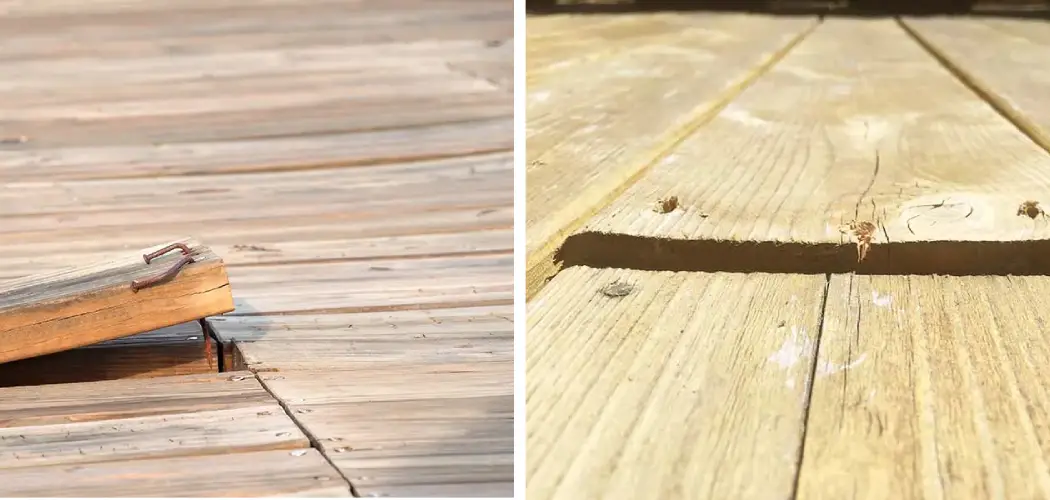Is your deck looking a little worse for wear? Are boards popping up here and there, ruining the beauty of your outdoor oasis? Don’t despair because there is hope yet.
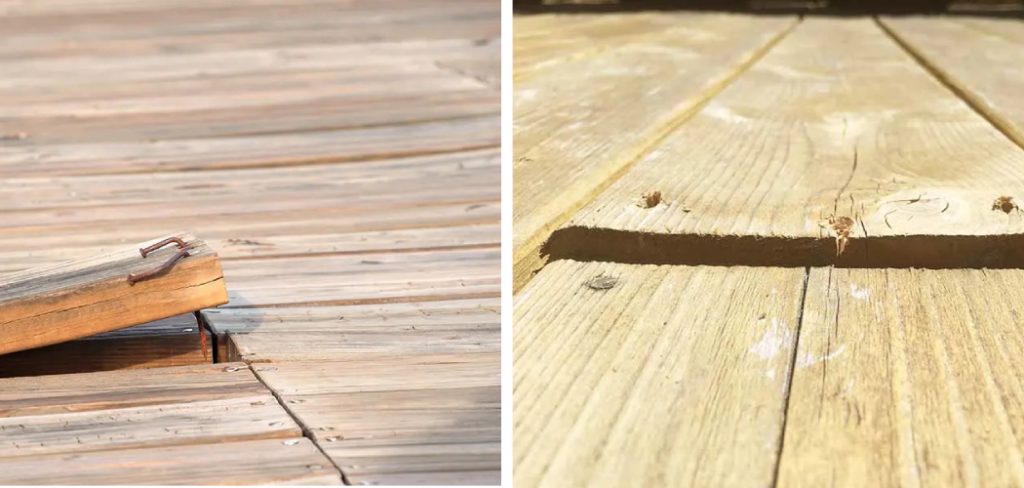
Even if you believe that replacing an entire board is necessary due to all the damage it has sustained, with a bit of know-how and some elbow grease, you could be able to get those pesky loose boards secured back in place without much expense or trouble. Read on to understand how to fix deck boards popping up!
Step-by-step Guides on How to Fix Deck Boards Popping Up
Step 1: Look for the Root Cause
Before starting any repairs, take a good look at your deck board and try to identify the source of why it’s popping up. Has it become detached from the joists due to moisture absorption or rotting of the wood? Is there evidence of fungal growth in the area that is causing it to push up?
Knowing what’s going on will help you decide how best to fix the board and stop it from popping up again. If there is an obvious explanation, it could be a bad installation job or a loose screw. It could also be age-related wear and tear.
Step 2: Inspect for Damage
Take a close look at the board and check for any signs of warping, splitting, or cracks. If there is damage present, then this may be contributing to why your boards are popping up.
In this case, you may want to consider replacing the board entirely rather than attempting repairs. This is also a good time to check the integrity of the joists that the board attaches to. If they are damaged or rotting, this could be why the boards are popping up.
Step 3: Clean Out Any Debris Around the Board
Using a brush or broom, sweep away any dirt, leaves, or debris that has accumulated around the board. This will help ensure that you have a clean surface to work with while repairing the board in place. But be careful not to damage the board while cleaning.
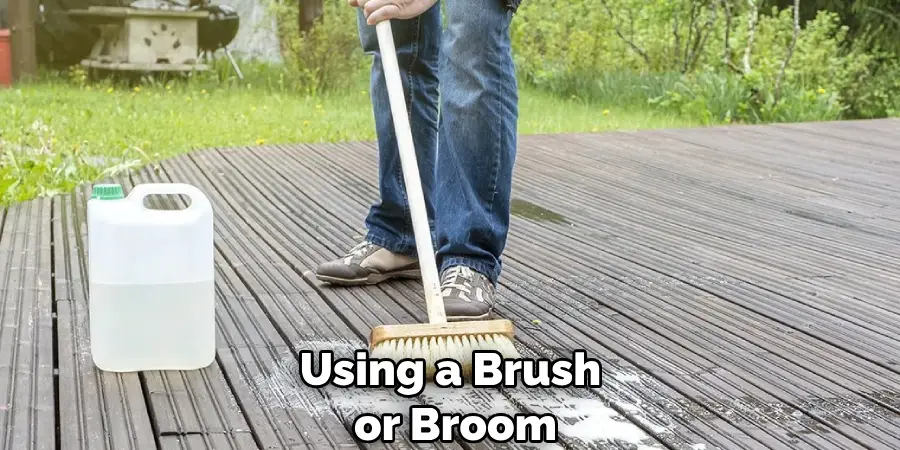
It’s also a good idea to check for any insects or pests that could be living in the area and remove them before continuing. This will help prevent any future infestations. If any insecticides or pesticides are necessary for removal, make sure to use them according to the safety instructions on the label.
Step 4: Secure the Nails
Once the area is clear of debris, use a hammer or screwdriver to secure any nails or screws that are visible on the board. Doing this will prevent them from working themselves loose and creating further instability.
This is also the time to make sure that any screws used are long enough to reach into the joists and not just fasten into the deck board. But be careful not to over-tighten the screws, as this could cause the board to break or crack.
Step 5: Remove Loose Fasteners
If there are any fasteners (e.g., nails, screws) that seem to be coming out too easily then they should be removed entirely. These can be replaced later when you’re ready to re-securing the deck boards in place.
It’s important to minimize any potential movement that could be caused by loose fasteners. This is especially important if the board has been damaged or warped due to age and weathering. However, be sure to keep all the removed fasteners in a safe place so that you can use them for re-securing later on.
Step 6: Hammer Down Any Unstable Boards
If the board is still popping up, then use a hammer to gently tap it back into place until it’s level and secure. Don’t hit too hard though, as this could cause further damage to the board or surrounding boards. It’s best to use a rubber mallet for this purpose, as it has a softer head that won’t damage the wood. But be careful not to hit too close to the edges, as this could cause splintering.
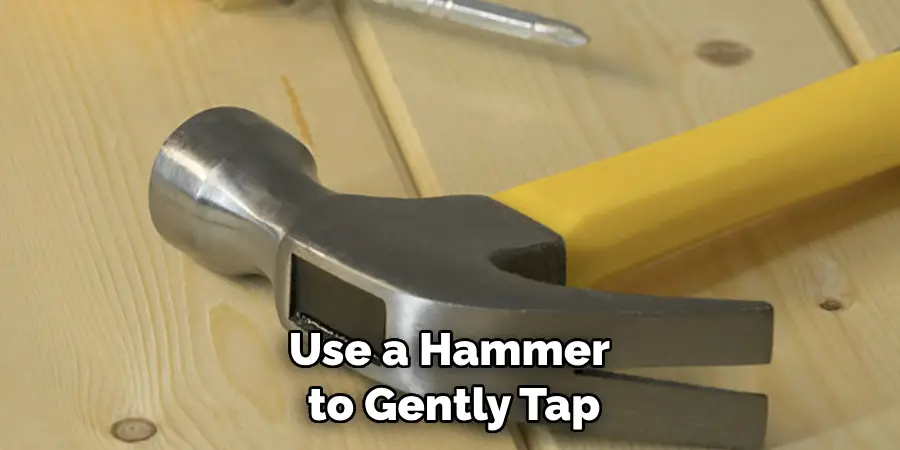
Step 7: Add Fasteners to Stabilize the Board
Once you have tapped the board into place, add new fasteners around its perimeter to keep it from lifting up again. Use galvanized deck screws that are designed for outdoor use and won’t rust over time.
It’s important to make sure that the screws are long enough to reach into the joists. Drill pilot holes for the screws if necessary, as this will help to minimize any potential cracking. But be sure to not over-tighten the screws, as this could cause further damage.
Step 8: Check for Movement
After adding new fasteners, test the stability of your board by pushing down on it with your hand to check for any movement or give. If there is still some play, then add additional fasteners until the board feels secure and solid.
This is also the time to inspect the surrounding boards and make sure that they are secure as well so that you have an evenly-secured deck board. It’s also a good idea to regularly inspect the boards throughout the year for any potential wear and tear that could cause them to become loose again.
Step 9: Fill Any Gaps with Caulking
If you find that there are gaps forming between the boards due to age or wear, you can fill these in with a good-quality deck caulk. This will keep moisture from seeping into the wood and causing further damage.
If you’re using a caulk that needs to be painted over, make sure to use a paint or stain that is designed for outdoor use and will be able to withstand the elements. But be sure to read the manufacturer’s instructions on how to use and apply the caulk for best results. It’s also important to make sure that the caulk is applied evenly and not too thickly, as this could cause warping or cracking.
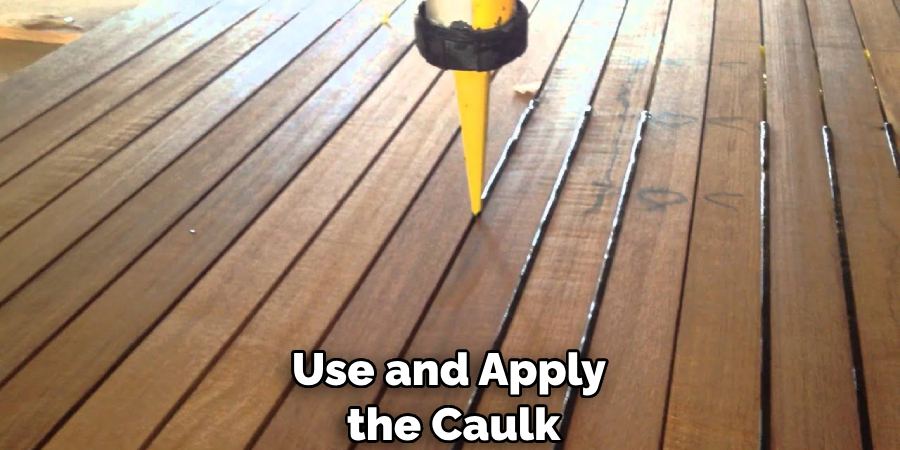
Step 10: Inspect Surrounding Boards
Ensure that all of the surrounding boards are secure and stable as well. If one board becomes loose it may cause problems for other boards down the line so make sure they’re all secured properly too!
This will help ensure that your deck remains safe and secure for years to come. If you find that any of the other boards are popping up, repeat steps 2-9 for those as well. But if you find that a board is severely damaged or warped,t consider replacing it rather than attempting repairs.
Step 11: Clear Away Any Excess Caulk
After the caulk has had a chance to set for the recommended length of time, use a damp cloth to clear away any excess caulking from around the boards. This will ensure that no moisture is trapped between two boards which could cause further problems down the line.
It’s also a good idea to apply an additional sealer or stain around the perimeter of the boards, as this will help to keep them looking their best and prevent future damage.
Step 12: Enjoy Your Fixed Deck
Now that you’ve tackled this repair job yourself, sit back and admire your work! You can now enjoy your outdoor space without worrying about those pesky boards popping up again. Congratulations on achieving such a great result – you should be very proud of yourself.
Always remember to check your deck for any signs of wear and tear in the future, as this will help you prevent any further problems from occurring. It’s also important to regularly inspect the surrounding boards and make sure that they are secure, as this will help ensure that your deck remains safe for years to come. Good luck!
By following these twelve steps, you can successfully fix deck boards that are popping up and keep them in place for longer. With a bit of effort and some basic tools, you can save yourself the expense of having to replace an entire board. We hope that this guide has been helpful in teaching you how to fix deck boards popping up!
Frequently Asked Questions
Q1: Can I Replace the Board Without Taking Off the Deck?
A1: Yes, you can! You may need to drill some extra holes in the board to attach new fasteners, depending on the design of your deck.
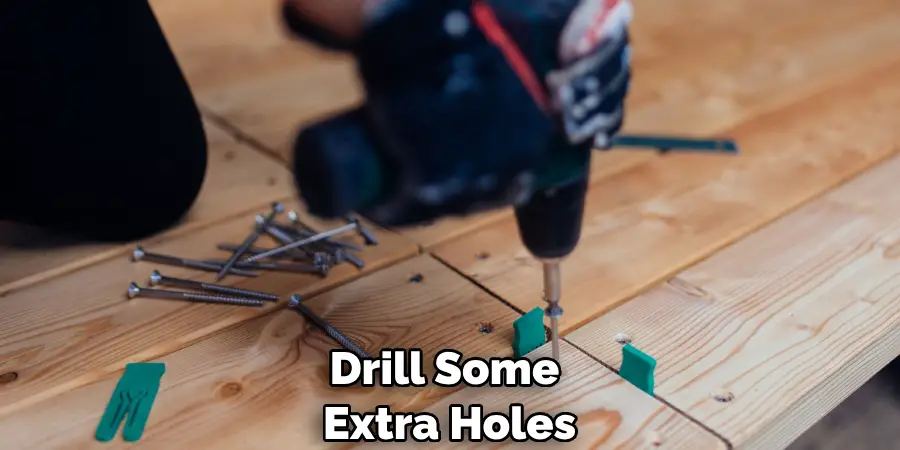
Q2: Is It Necessary to Use Caulk?
A2: Yes, it is recommended to use caulk as this will help seal any gaps between boards and stop moisture from getting in and causing damage to the wood. This will also help keep your deck looking great for longer.
Q3: How Often Should I Check My Deck Boards?
A3: It’s a good idea to inspect your deck at least once every six months or so for signs of wear and tear that may require repair. Doing regular maintenance checks like these can go a long way in preserving the life of your outdoor space!
Conclusion
In conclusion, how to fix deck boards popping up deck boards popping up can be an irritating problem for any homeowner. It can detract from the beauty of your outdoor living space and actually cause a safety hazard if left unaddressed. However, don’t worry! With the right tools like wood wedges, screws, and sealants on hand, you can have your deck back in pristine condition in no time.
Never underestimate the importance of properly maintaining and fixing your deck in order to keep it looking beautiful. Taking the initiative to follow these steps will ensure your family has a safe and enjoyable outdoor area for years to come. So, don’t let your tricky decking problems ruin all of your outdoor fun – maintain it regularly and if issues arise stay vigilant in solving them as fast as possible!

